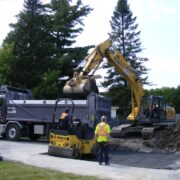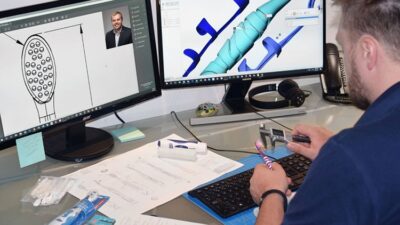If you have owned a car that you regularly perform maintenance checks on, you must have heard the term wheel alignment plenty of times. Chances are over the years of driving you may have experienced alignment issues that cause unnecessary wear to the tyres and steering and suspension parts. Here is everything you need to know about wheel alignment:
Table of Contents
What is wheel alignment?
Each component in a car has a designated angle, in which they work efficiently. Wheels and steering and suspension have these ideal angles, and wheel alignment issues crop up when they are not set in the angles specified by the maker.
Why is wheel alignment important?
As mentioned before, wheel alignment can cause wear and tear to wheels and suspension and steering. Issues in these components can lead to disastrous results when driving. For instance, a wheel alignment problem may cause:
- The car to swerve or pull to one side
- Uneven tyre wear
- Squealing tyres during a turn
Aligning the wheels can lead to better control over the vehicle and excellent road holding.
What causes wheel misalignment?
Wheel alignment problems occur as a result of poor maintenance or sudden impacts. Following are some of the causes:
- Wear and tear on steering and suspension parts
- Massive pressure and friction on springs, springs, and tyres
- Forcible parking against the pavement
- Change in ride height (due to lowering or raising of suspension)
- Bumping into large objects while driving (during accidents)
- Driving over the potholes and hitting them in high speed
Wheel Alignment vs. Wheel balancing
Aside from wheel alignment, you may have also heard of wheel balancing. Most people confuse the two to refer to the same issue. However, they are different.
Contrary to its name, wheel alignment is related to the suspension system in a car, whereas wheel balancing refers to the process of balancing the tyre weight and wheel assembly.
Wheel balancing is performed when wheels are replaced, whereas wheel alignment is carried out when suspension parts are replaced.
How often should align your wheels?
You should get your wheel alignment checked regularly to maintain safe driving. To check the wheel alignment Auckland technicians follow a procedure that is according to the technical standards. According to such experts, wheel alignment needs to be carried out if,
- The car was involved in a driving accident
- Suspension and steering components are replaced
- A car has encountered a major curve or hazard
Conclusion
To conclude, wheel alignment is a necessary step when servicing a car after an accident or replacement of suspension parts. Failing to check the alignment can cause unnecessary wear and tear. You will also need to spend extra cash on repairs associated with worn components. As such, wheel alignment is a preventive measure. For prevention is always better than repairs.
















Comments